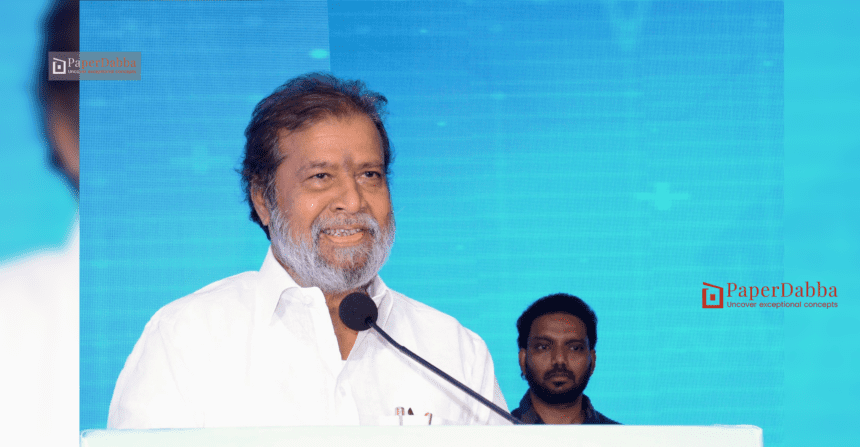PaperDabba News Desk: October 3, 2024
The Telangana state government is making significant strides to improve healthcare services for the tribal populations, particularly the Chenchus, who reside in ITDA (Integrated Tribal Development Agency) areas. Minister Damodar Rajanarasimha directed the state’s Health and Medical Department officials to strengthen healthcare facilities in these regions to ensure that tribal communities have access to superior medical services.
Focus on Chenchu and Tribal Healthcare
At a high-level review meeting held at Damodaram Sanjeevayya Bhavan, Hyderabad, Minister Rajanarasimha he emphasized the need to enhance healthcare for Chenchus and other tribal groups residing in ITDA regions such as Utnoor, Bhadrachalam, Eturnagaram, and Mannanur. He instructed officials to follow the orders issued by Chief Minister Revanth Reddy and ensure that every individual living in tribal hamlets receives quality healthcare services.
TMinisterter stressed the importance of coordinated efforts between the ITDA project officers and various departments, including the Health, panchayati Raj, and Forest Departments, to improve healthcare for these communities. He urged them to create a robust healthcare network that ensures emergency services are available within 30 minutes in remote tribal areas.
Improving Access to Healthcare Facilities
During the meeting, the minister discussed various proposals to strengthen healthcare infrastructure. He instructed officials to propose new health subcenters and primary health centers where necessary, ensuring geographical coverage in tribal areas. The focus was on ensuring that these facilities have adequate staff, doctors, medicines, and basic amenities.
TMinisterter also emphasized the need for advanced measures for pregnant women during the rainy season. He suggested that pregnant women be moved to hospitals a week before their Estimated Delivery Date (EDD) and placed in birth-waiting rooms to prevent any complications. In addition, he recommended hiring staff familiar with local tribal languages to facilitate better communication and resolution of health issues.
Emergency Services for Remote Areas
Minister Rajanarasimha highlighted the necessity of emergency services in remote tribal areas with limited access to 108 ambulance services. He suggested implementing alternative solutions, such as bike ambulances, to ensure timely medical aid in critical situations. He instructed officials to devise plans for such services to be readily available, especially in forest regions.
Addressing Seasonal Diseases
The TMinisterter also discussed the ongoing efforts to prevent seasonal diseases in ITDA areas. He urged health officials to remain vigilant during the monsoon season, as heavy rains could exacerbate health risks. The officials informed tMinisterter that precautionary measures taken earlier this year had helped reduce the incidence of seasonal illnesses.
Creating Healthcare Awareness
Lastly, Minister Rajanarasimha stressed the importance of educating the tribal populations about the healthcare services offered by the government. He urged ITDA officials to actively work on spreading awareness among Chenchus and other tribes about the medical facilities and programs available to them. This will ensure they benefit from the healthcare initiatives the state’s Health, Medical, and Family Welfare departments provide.
Several key officials attended the meeting, including Tribal Welfare Secretary Sharath, Health Secretary Dr. Christina Z. Chongthu, Family Health Commissioner RV Karnan, TGMSIDC Managing Director Hemant Vasudeva Rao, TRICOR Chairman Bellayya Naik, and Public Health Director Dr. Ravindra Naik.
The Telangana government’s efforts to boost healthcare for Chenchus and other tribal groups in ITDA areas are expected to have a significant positive impact on their quality of life. These measures aim to bridge the healthcare gap and ensure that the most vulnerable populations have access to essential medical services.









